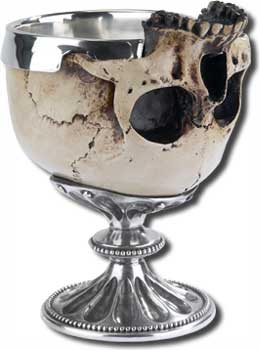Nowadays Brits may be some of the most civilized people on Earth, but 15.000 years ago, things were really different. Ancient Britons devoured their dead and made ritualic goblets from their skulls, a study conducted by London’s Natural History Museum concluded. The gruelsome discovery was made in Southern England, more specifically in Gough’s Cave in the Cheddar Gorge in the southwestern English county of Somerset.
The process was a pretty elaborate one; after they ate the dead, they cut the skin to the bone, then they removed the facial bones and smoothed the edges to create skull cups, as researchers wrote in PLoS
“All in all it was a very painstaking process given the tools available,” Silvio Bello, paleontologist, said in a statement. “It’s impossible to know how the skull-cups were used back then, but in recent examples they may hold blood, wine or food during rituals,” said Chris Stringer, who helped excavate one of the skull-cups in 1987.
The circumstances of the deaths however, remain a mystery. It’s uncertain if it was enemies who were “used” in this way, or if it was a sign of respect, or some other form of manifestation. Drinking from skulls is not that uncommon, and has also been recorded with Vikings, Australian Aborigines and in tantric Buddhist rituals. You can see a precise cast of one of the skull-cups, complete with cut marks in the London museum, from March 1.










